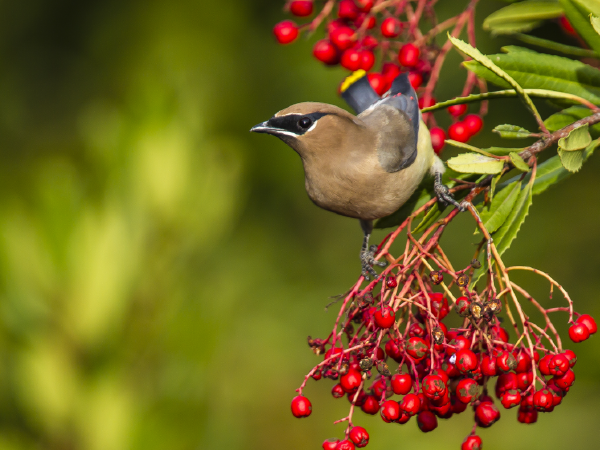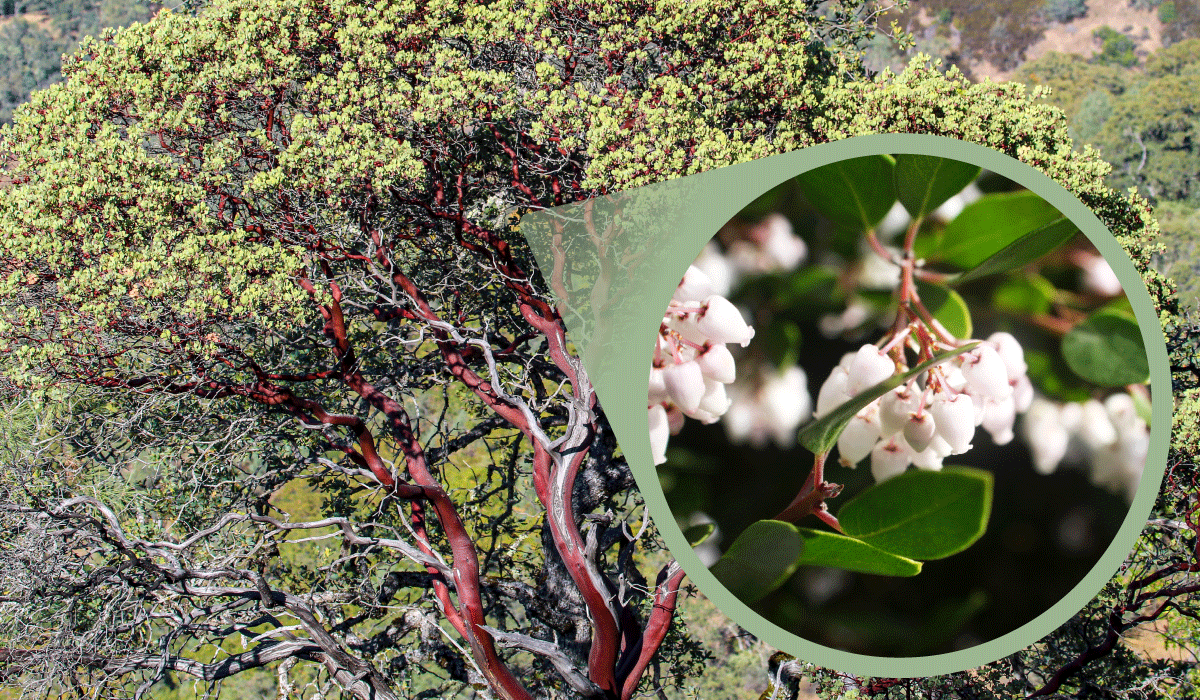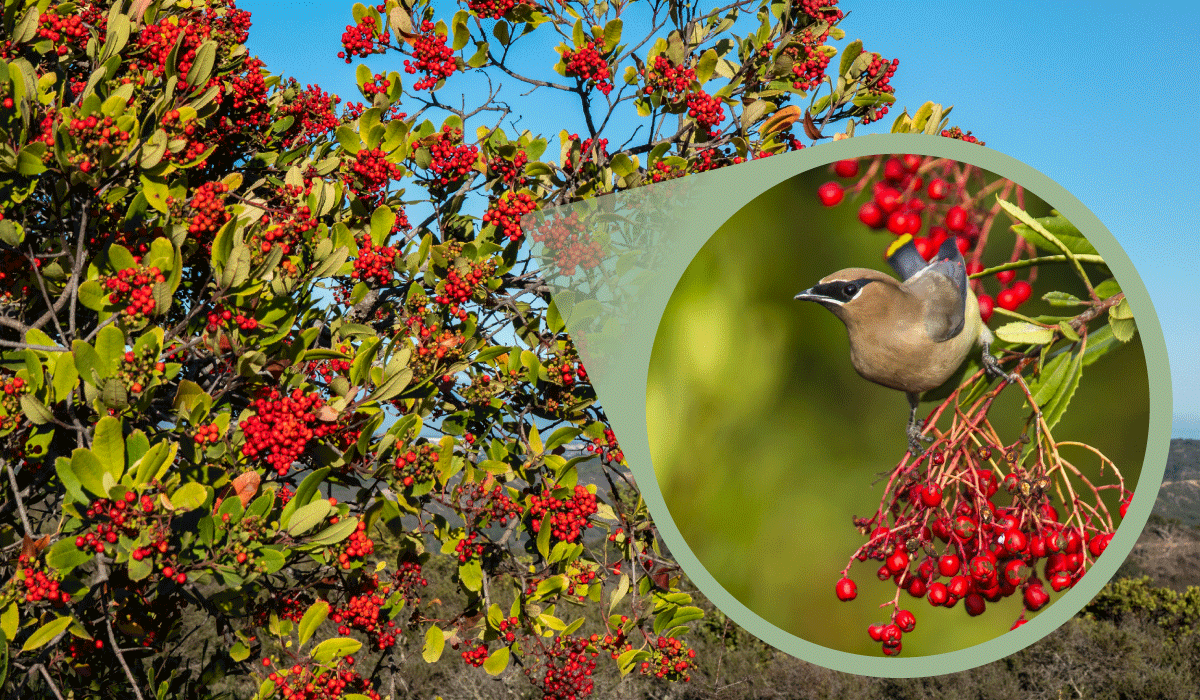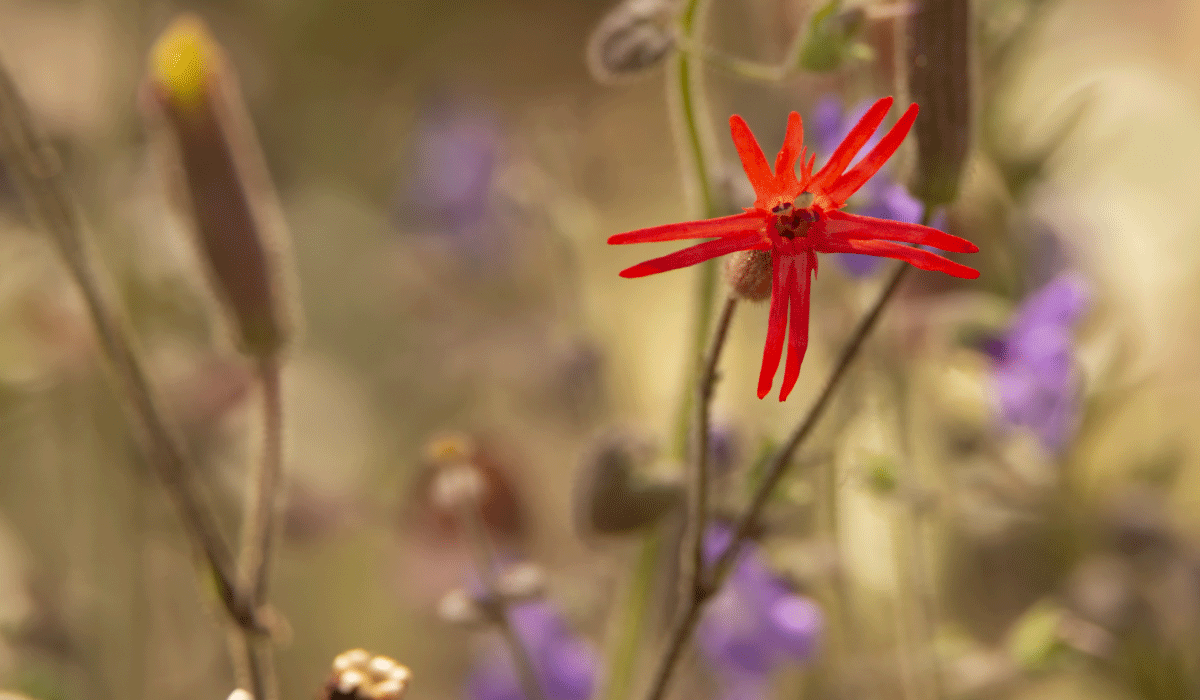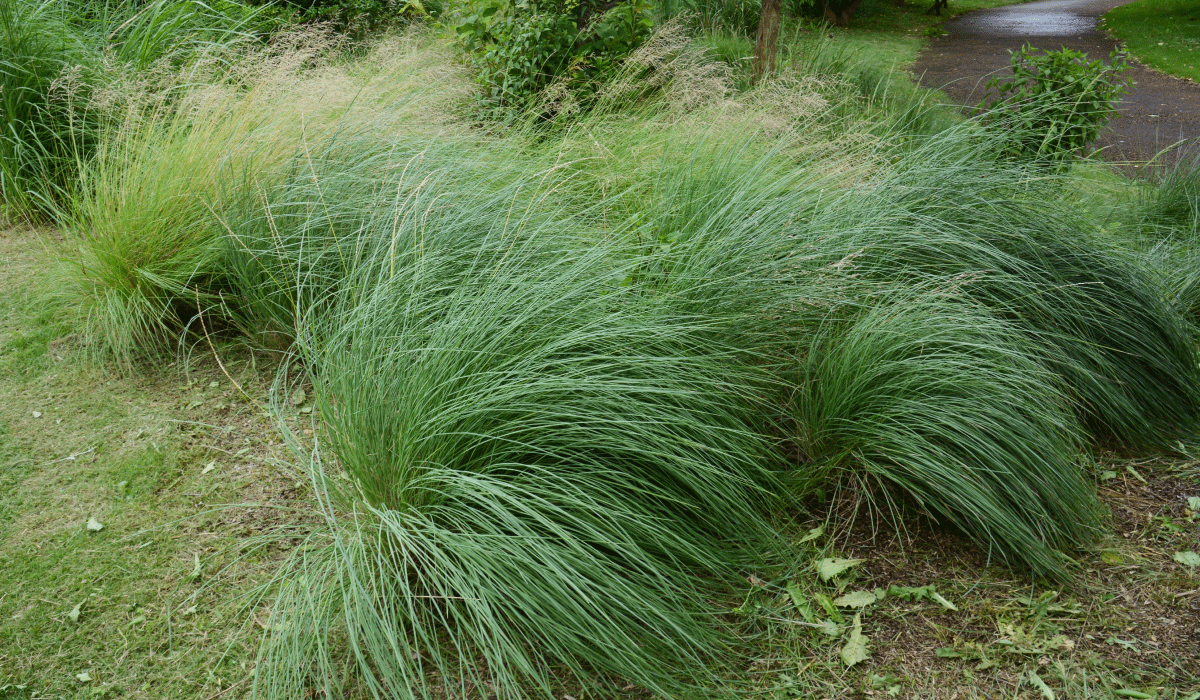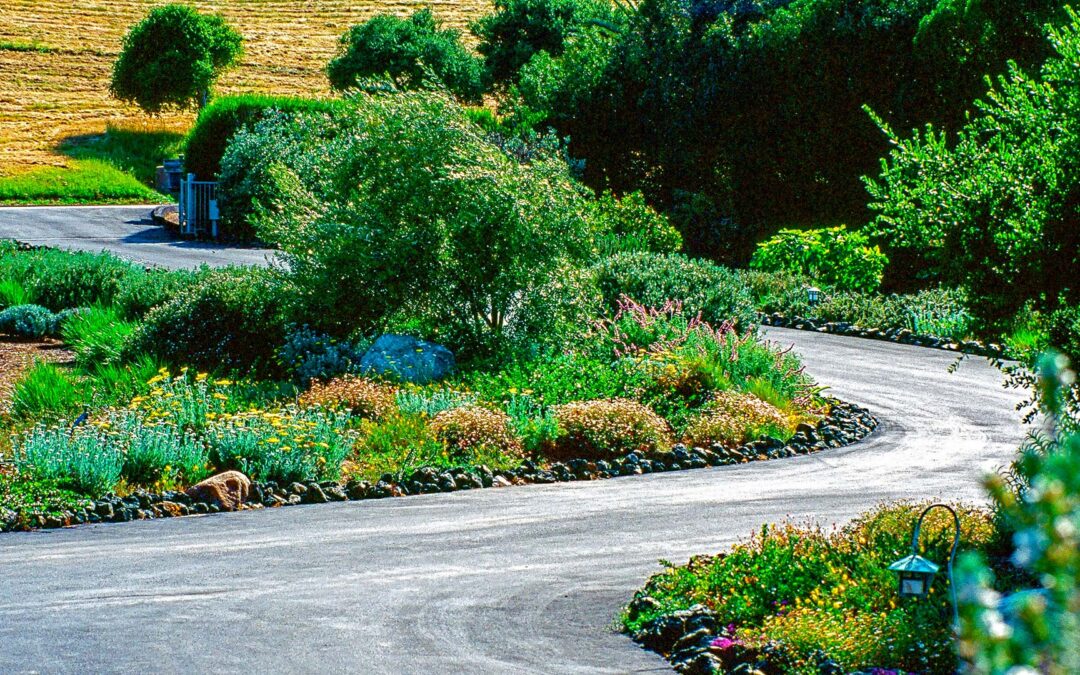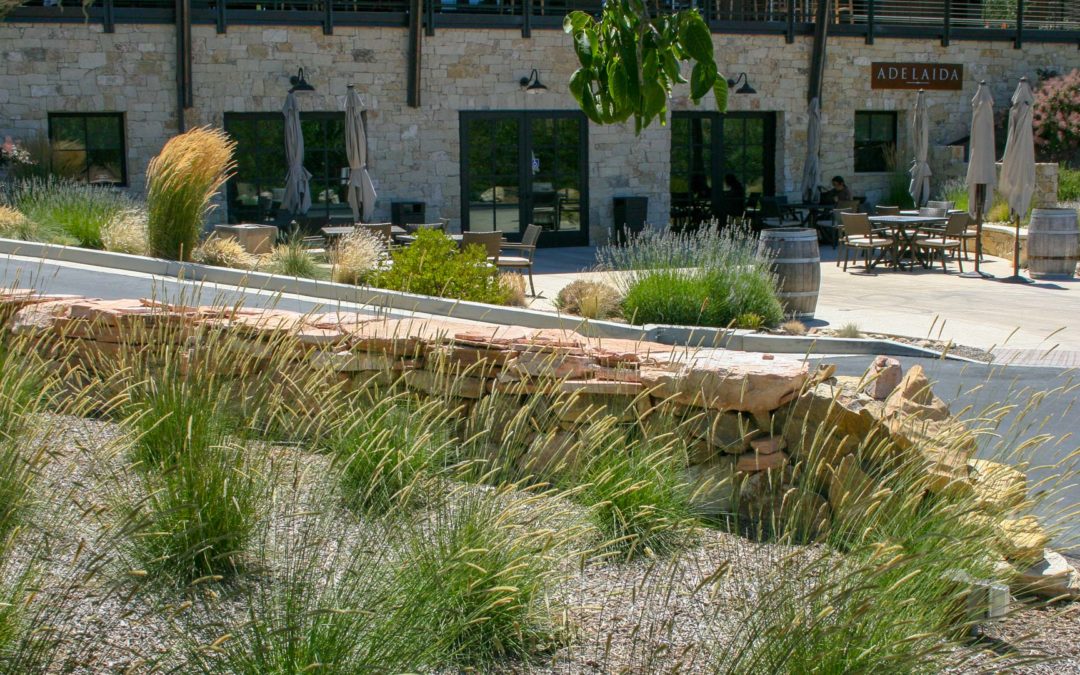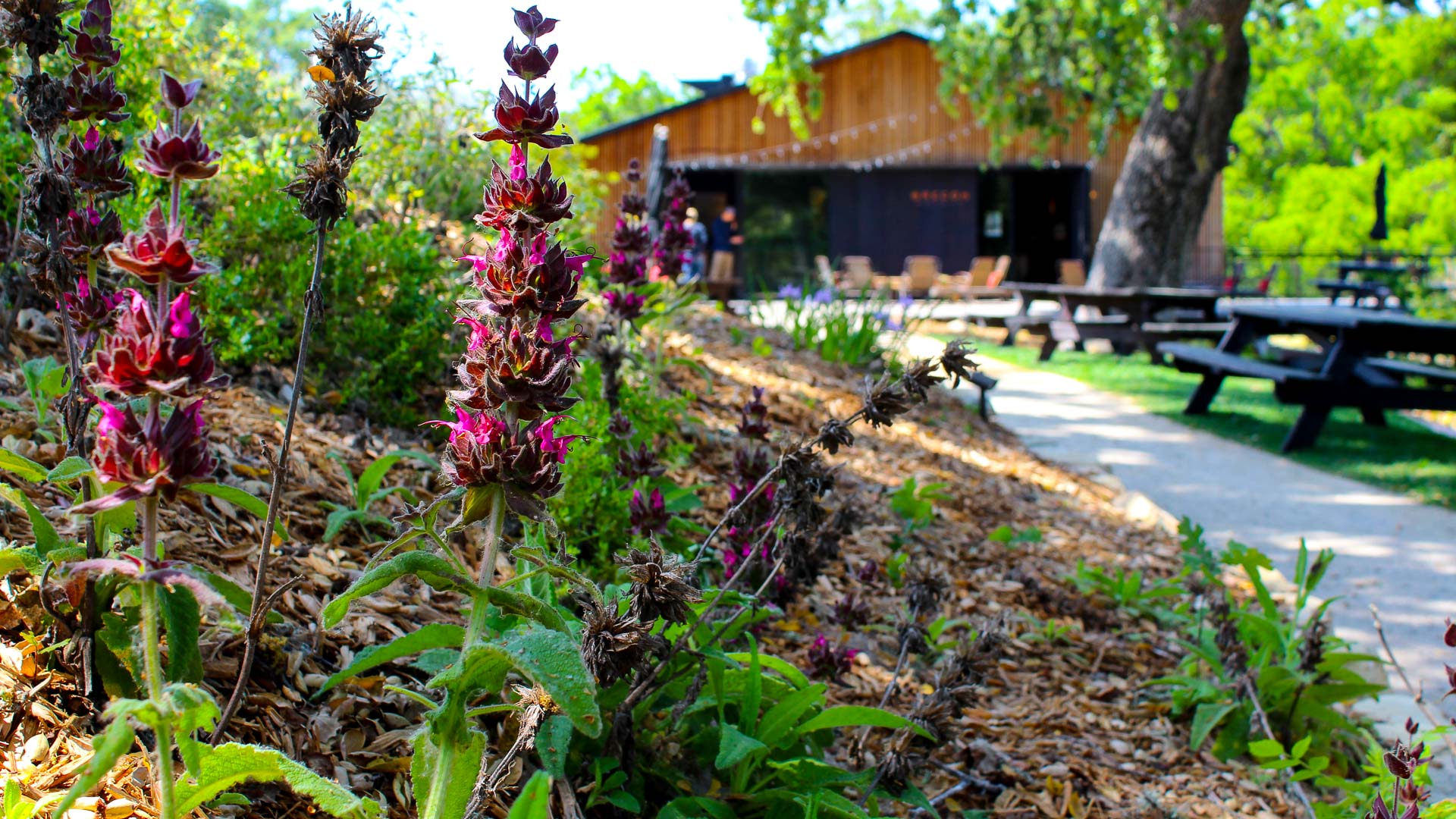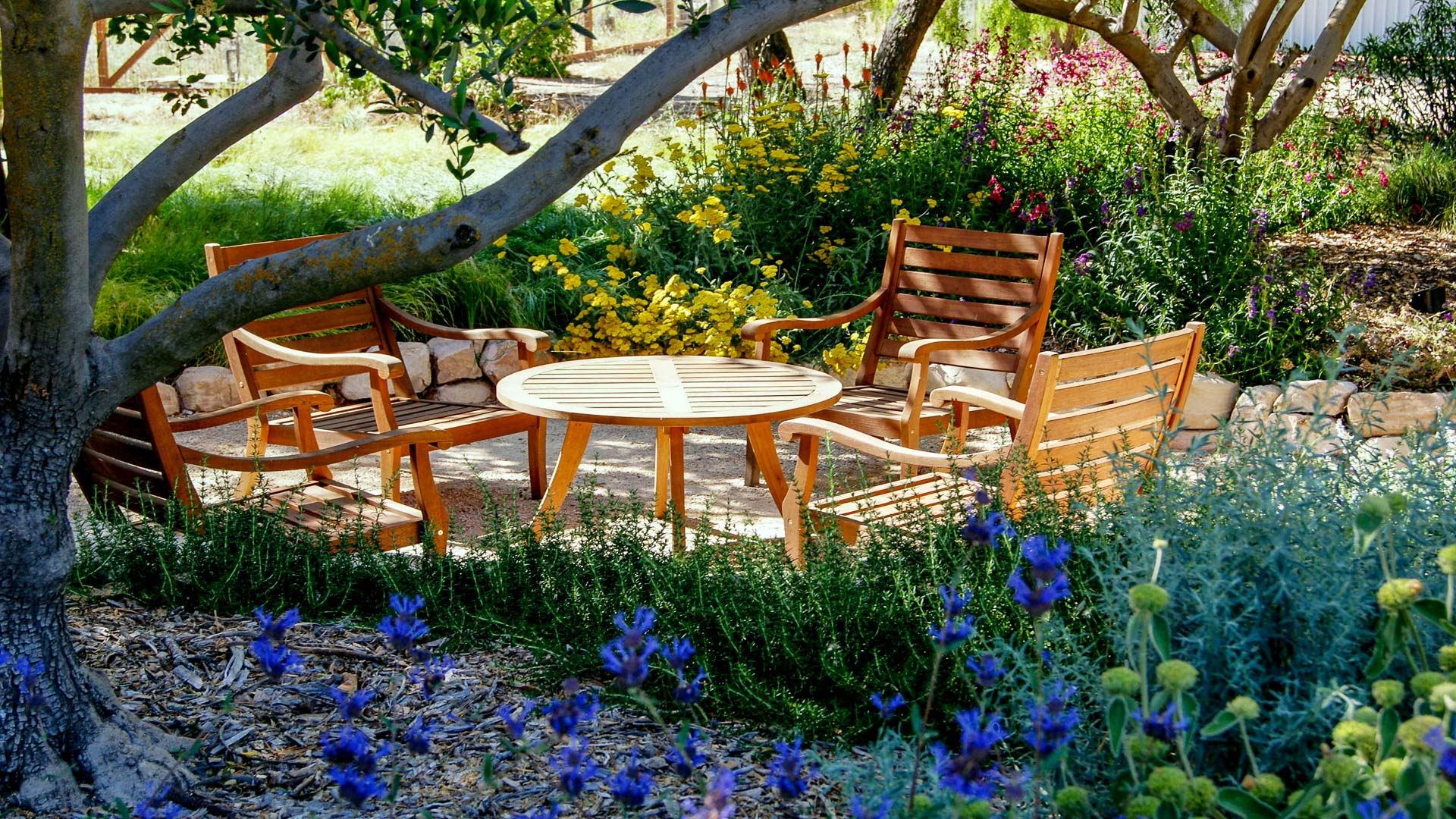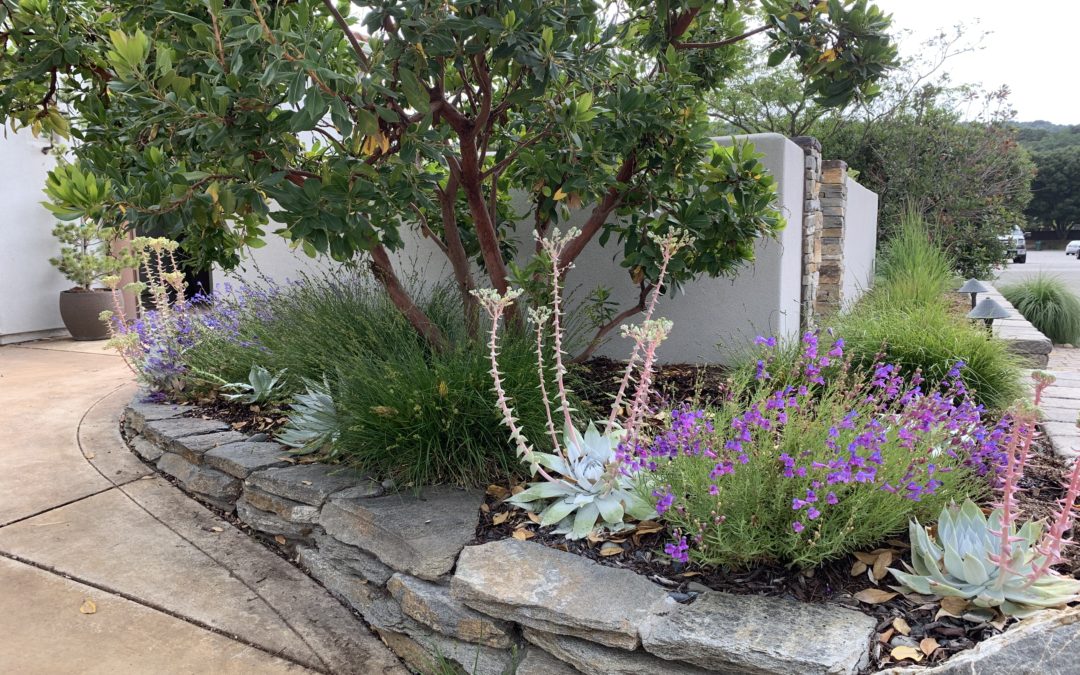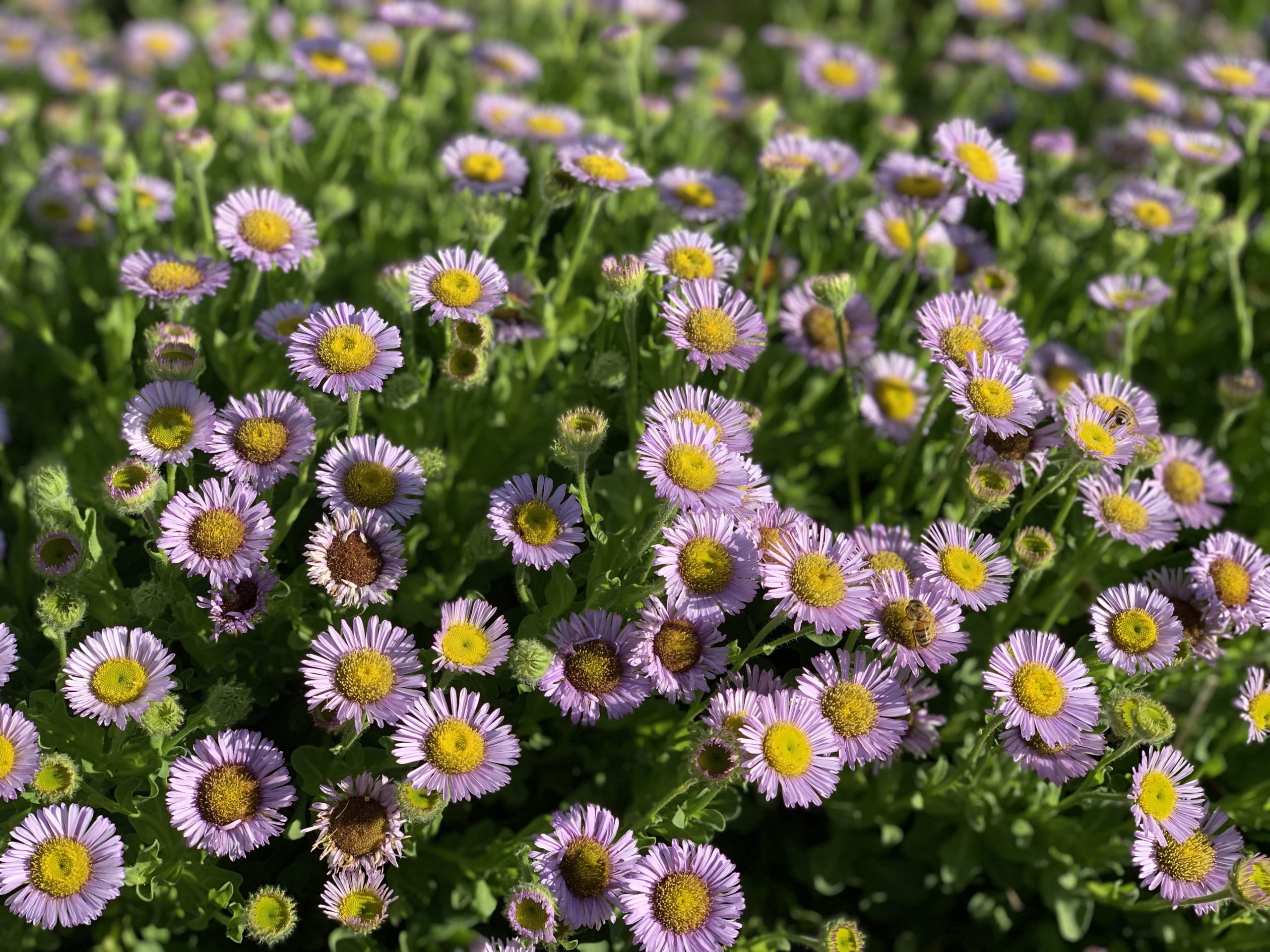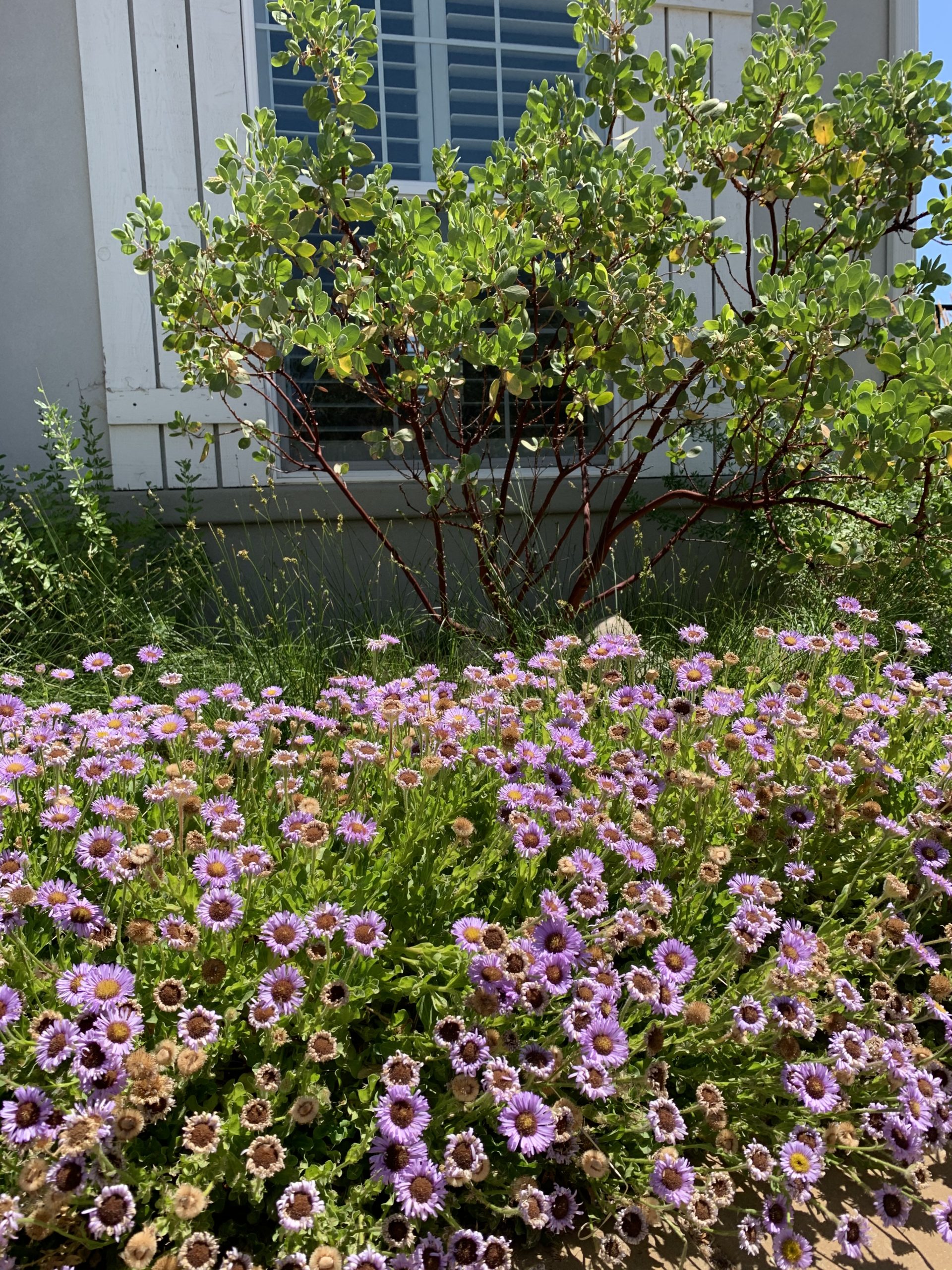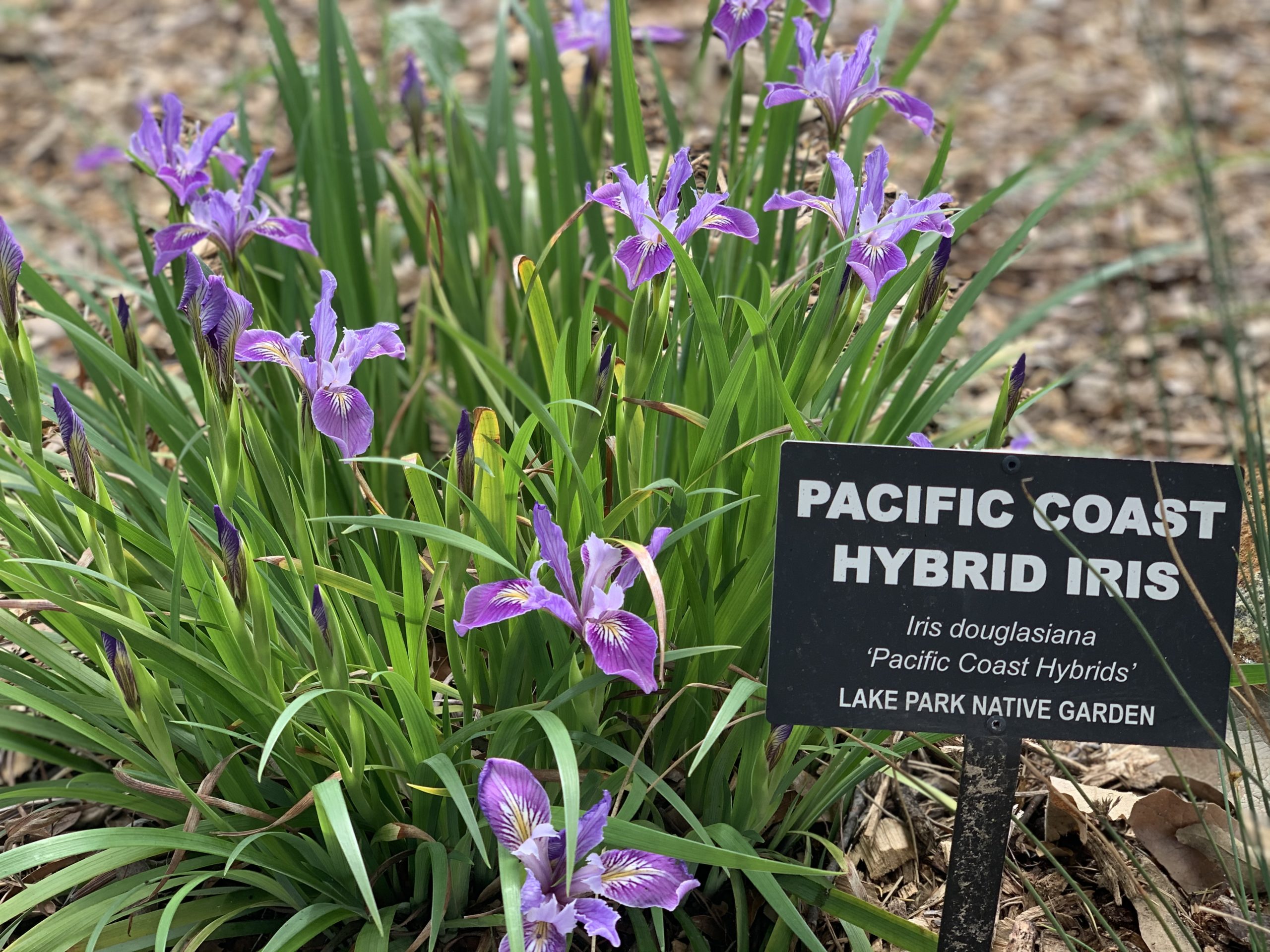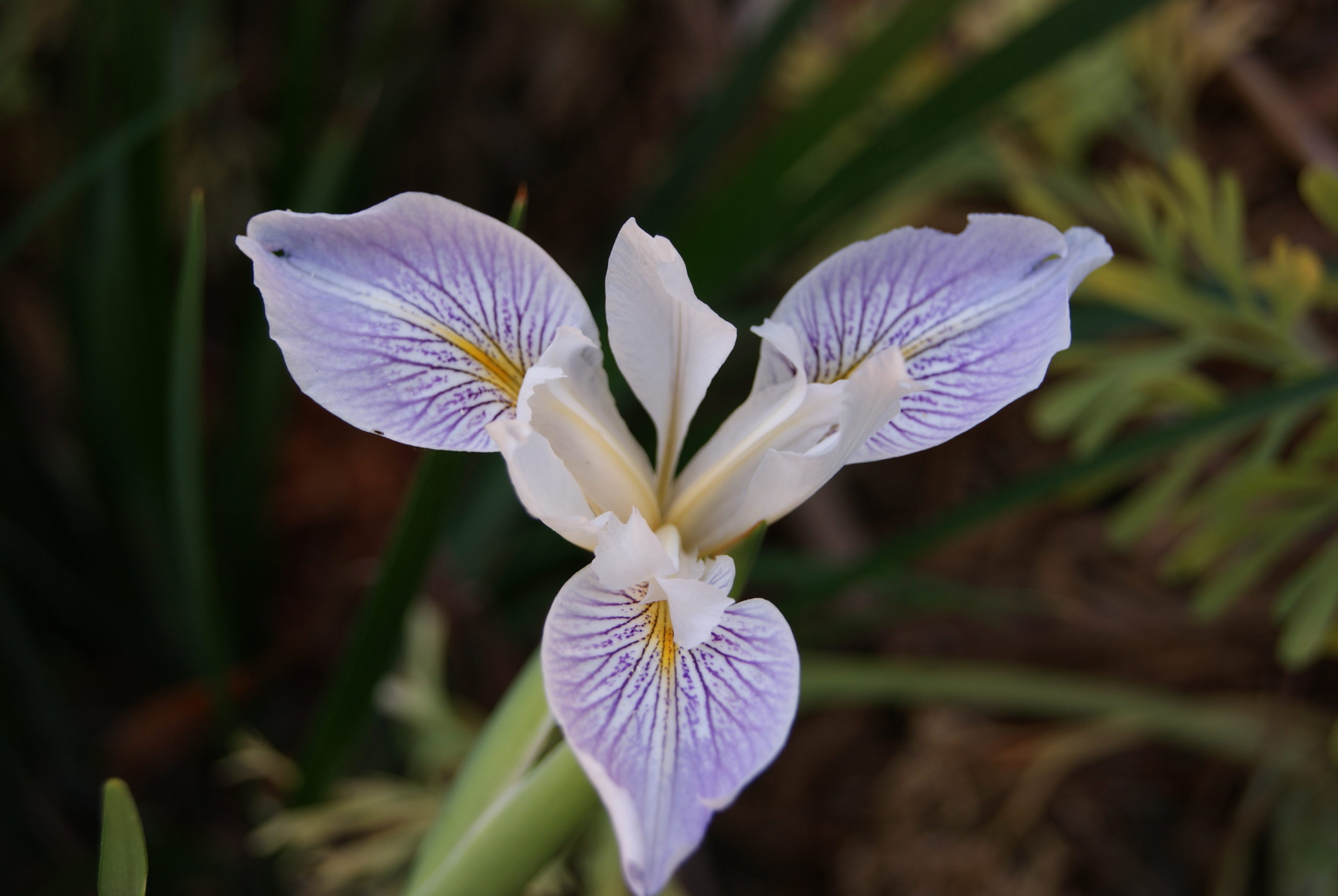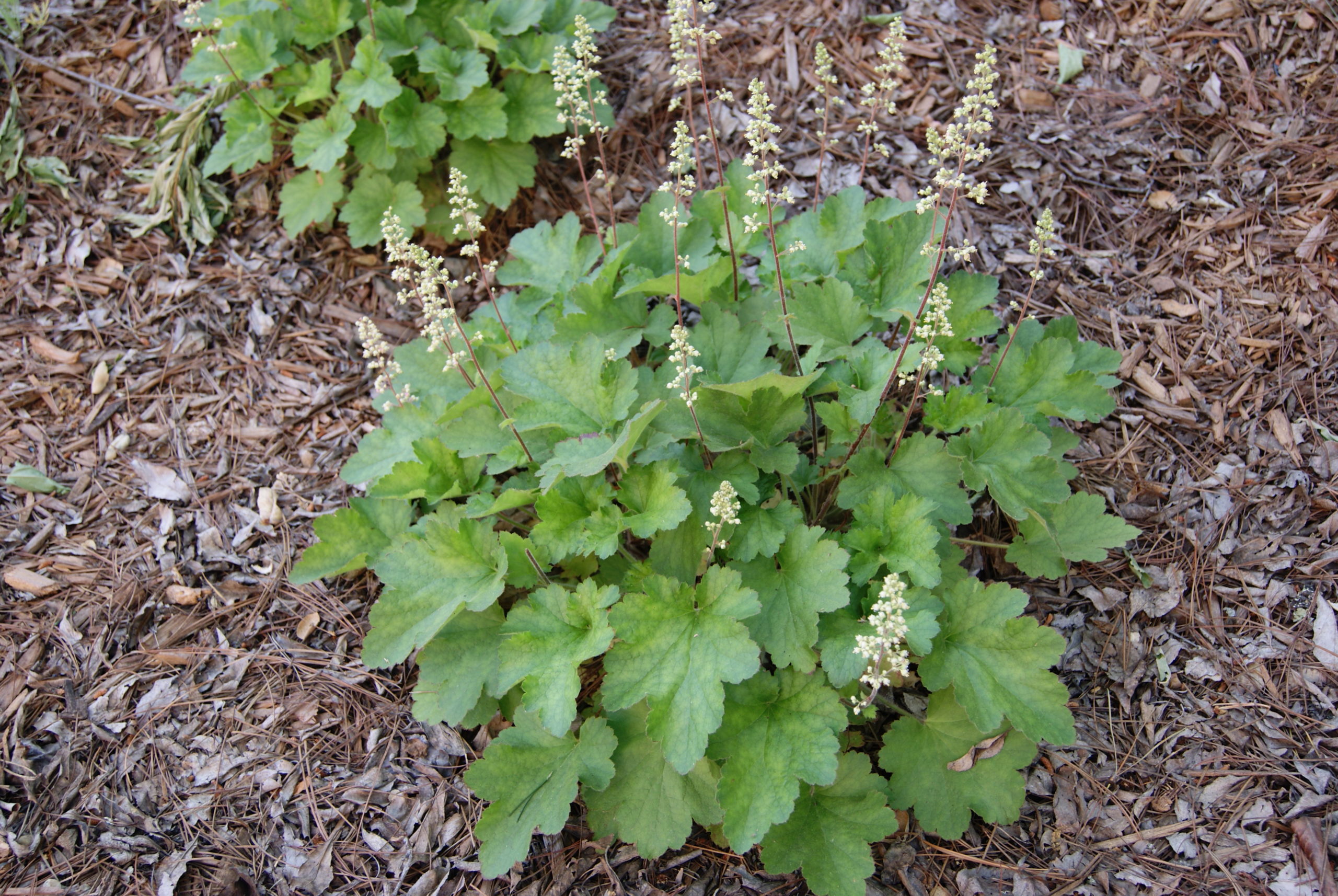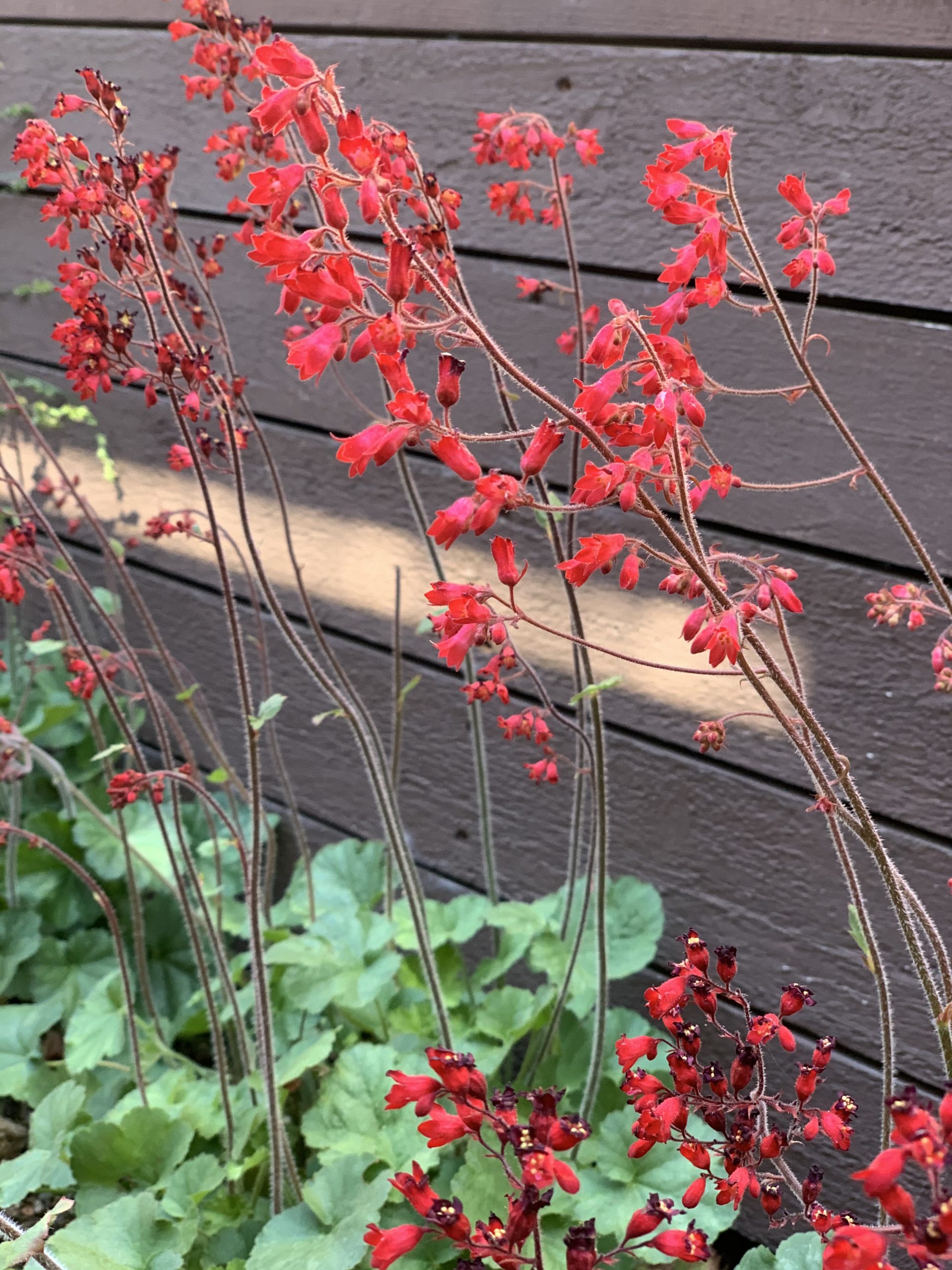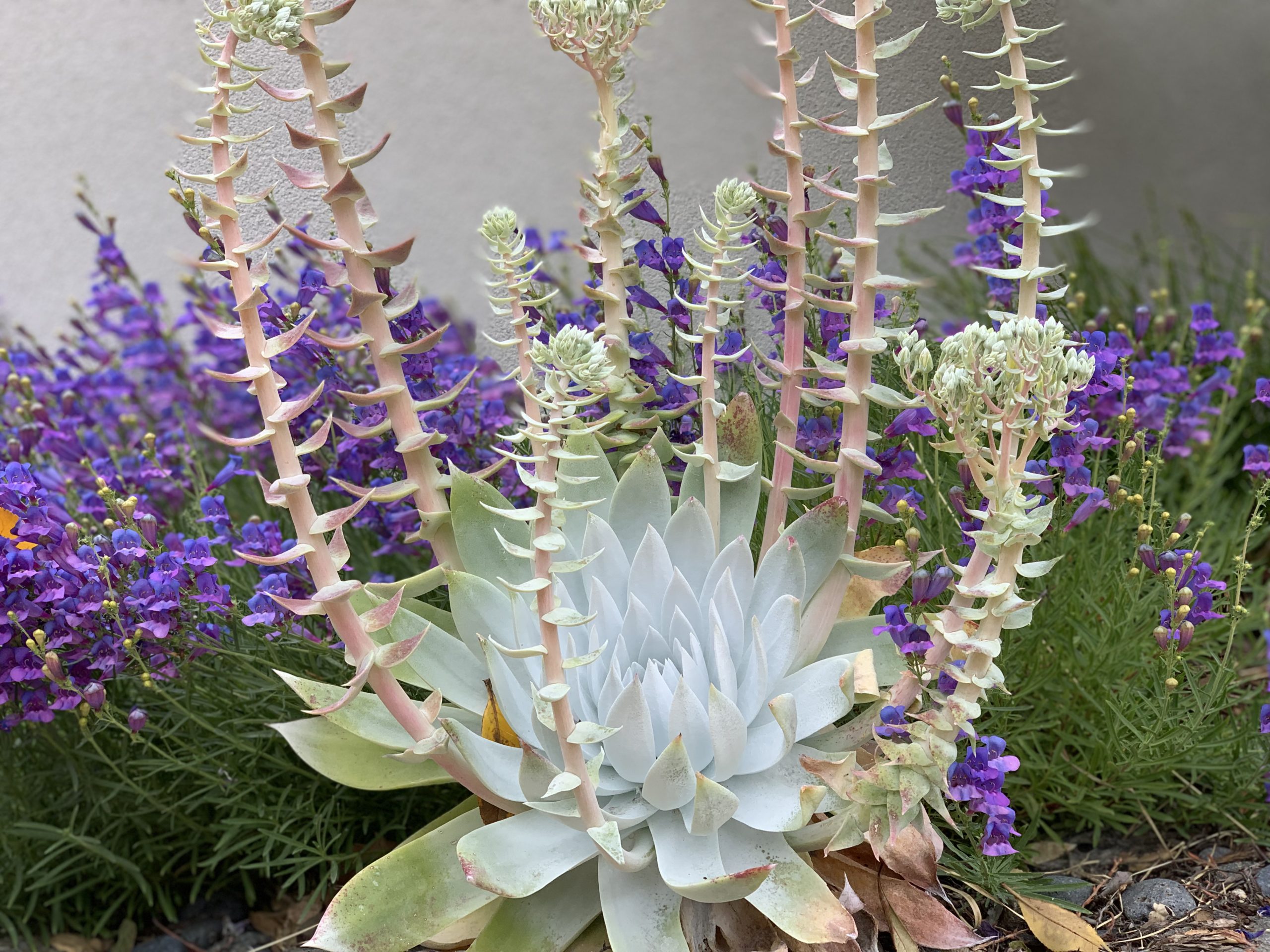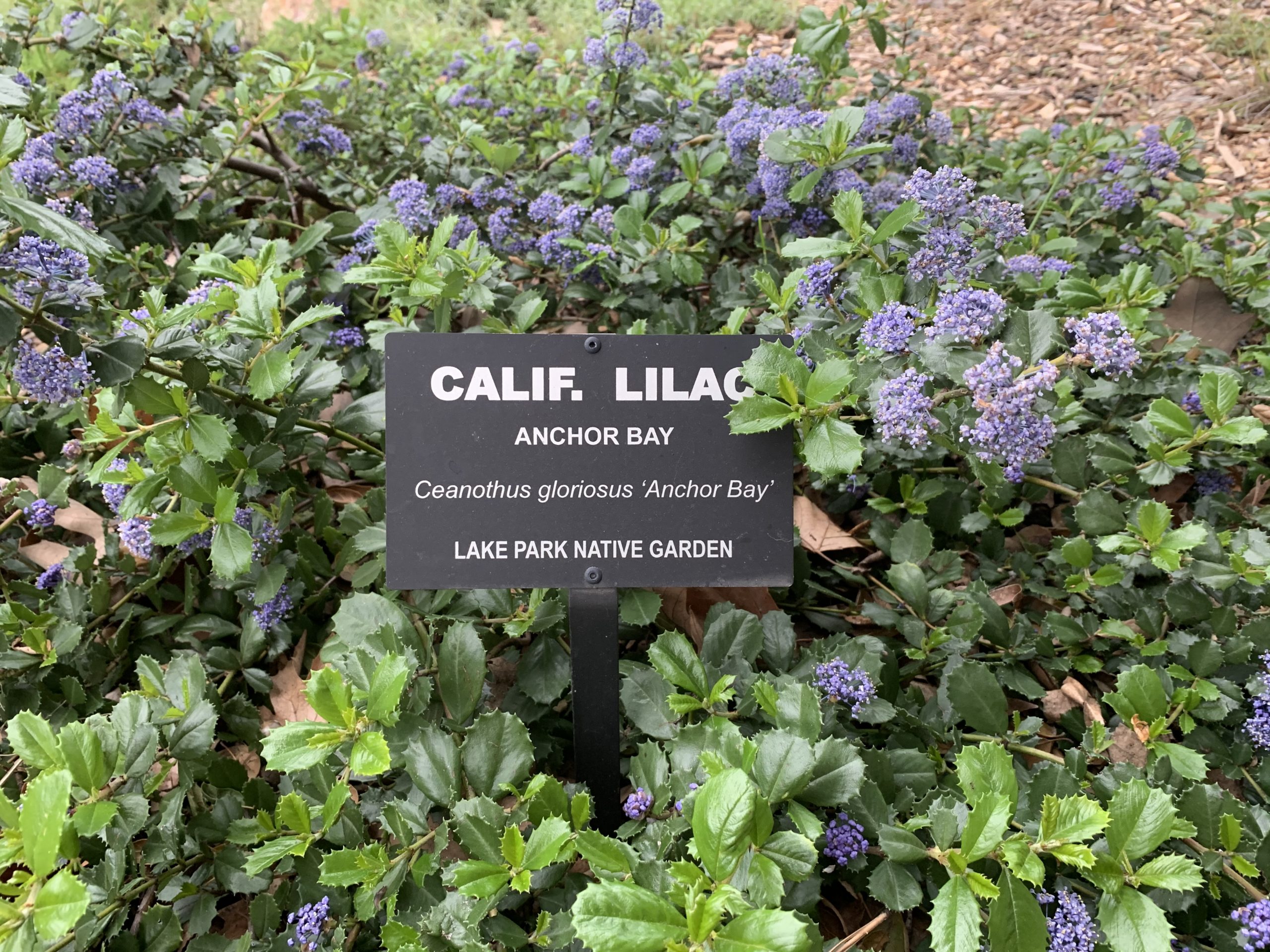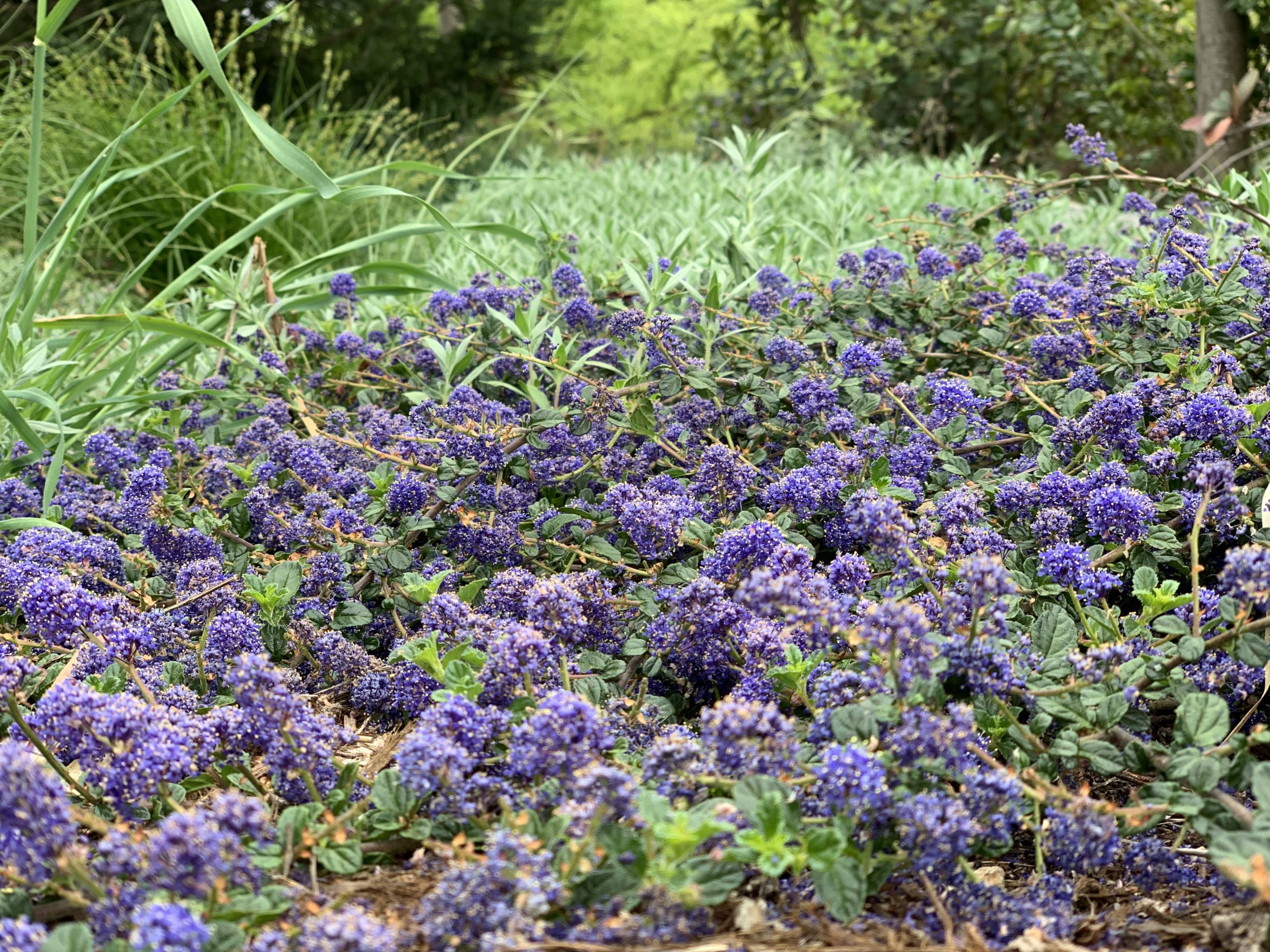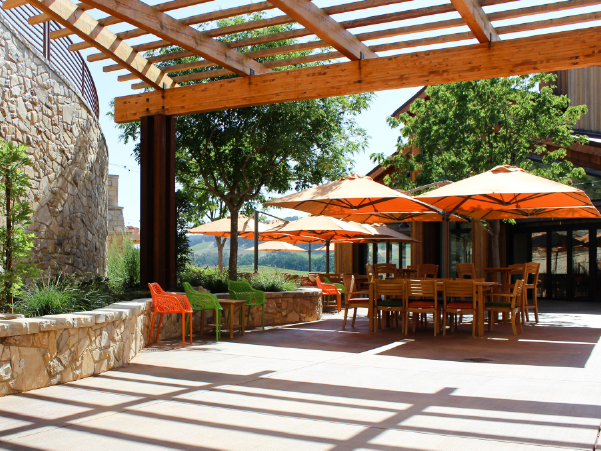
Designing a Gathering Space for the Central Coast Landscape
We enjoy the outdoors year-round on the Central Coast. Sunny winters and mild summer evenings are almost the expectation, so our landscapes aren’t just a beautiful space to look at; they’re a beautiful space in which to live. Whether you’re hosting dinner with friends or looking to enjoy an evening outdoors with the family, you want to get the most out of your outdoor living space.
Here are a few good points to think about as you begin to envision a new outdoor gathering space.
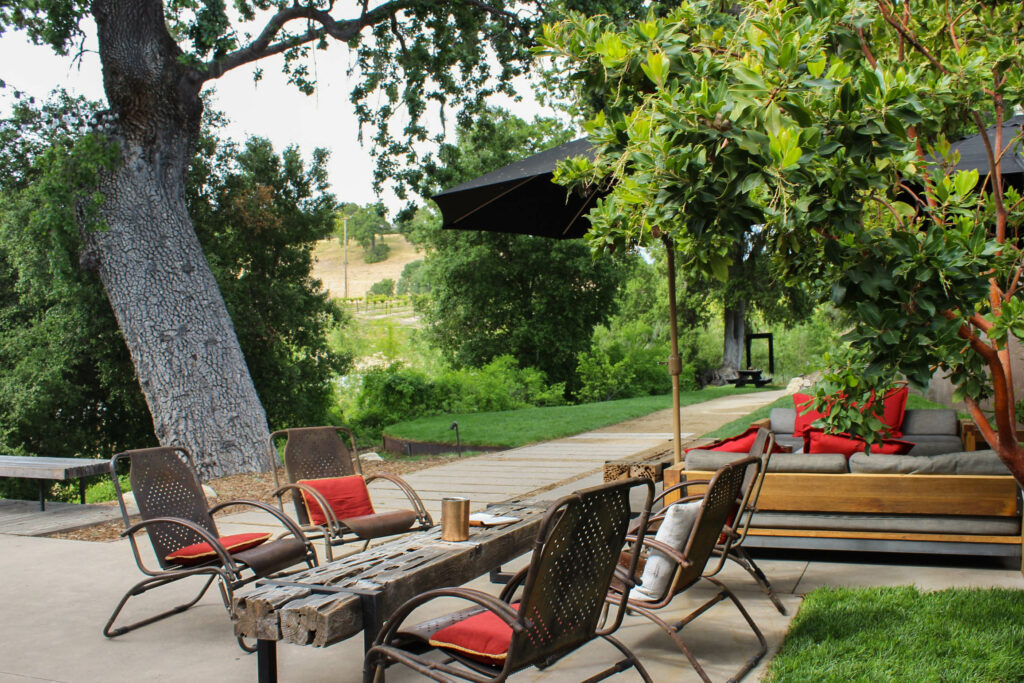
Take note of special existing features. Good designs take cues from context; on the Central Coast, oaks often define landscape features. Or, maybe there’s a slope that can be used to create a sweeping seat wall or a rock outcrop that can play into the form of the hardscape edge. How will the gathering space relate to gates and fences, doors, and perhaps most importantly, the kitchen? Do you already have a special spot in your yard, and will converting it to a gathering space enhance its distinctive character? Outdoor gathering spaces are often situated in a specific context, providing strong clues to answering design questions.
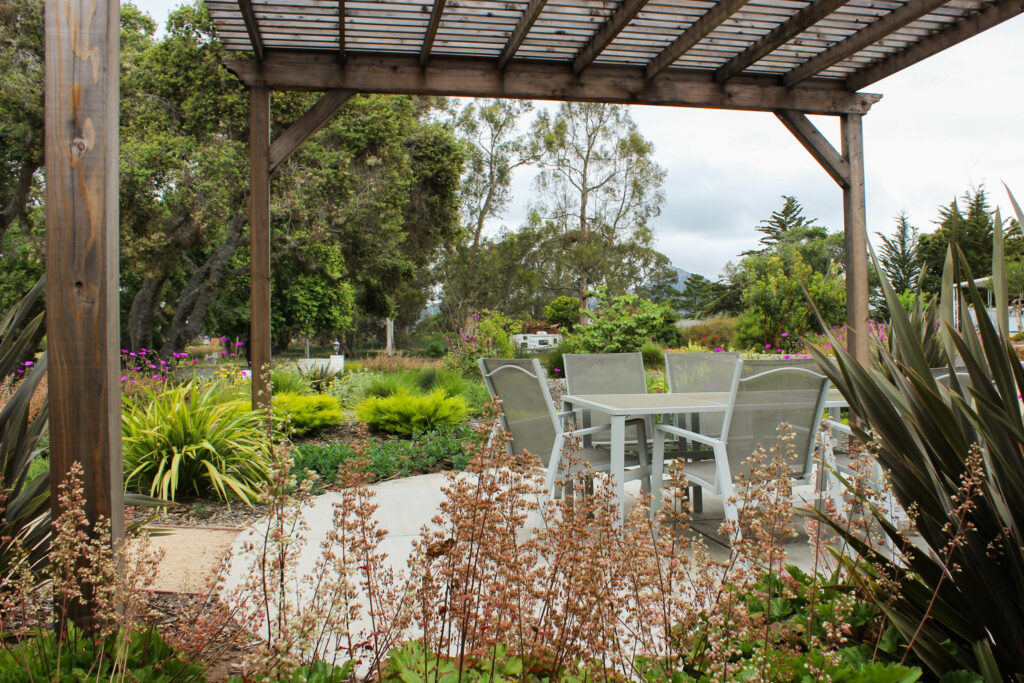
Consider various options. You may already have a vision for how the space will look, and it may be the best solution. Think through all the options before you begin. What if the space were tucked into a different corner, on a raised redwood deck, as a sunken rock-studded fire zone, with a custom pergola integrated, or with a soft, sweeping vegetated edge.
Consider the potential for built-in features such as fire pits, barbecues, fountains, refrigerators, coolers, sinks, seating variations, screening, and more. Planting, which often provides the smooth transition or soft edge from hardscape (such as concrete or pavers) into the larger landscape, plays a vital role in defining and elevating a space.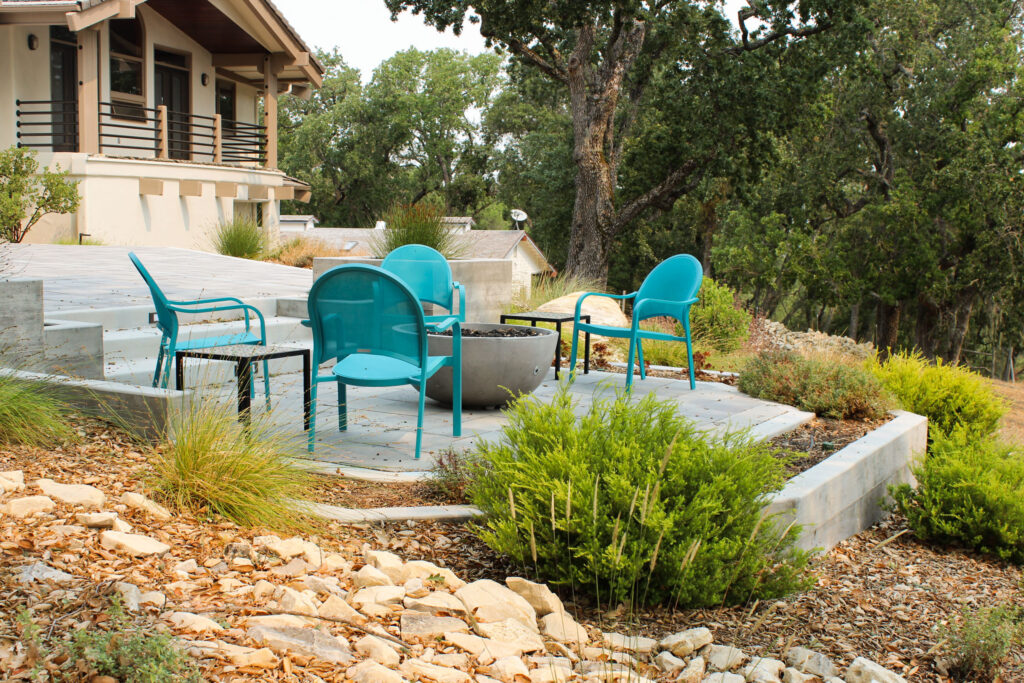
Design for your best use of the space. Consider how exactly how you envision the space being used over time. Be realistic, and think long-term. Here are six questions to get you started.
- Do you need space for a cafe table for two or three, or a dining table for all the kids and grandkids?
- How likely are you to need shade over the space?
- Will you be using it primarily in the morning or the evening?
- How accessible does your gathering space need to be from the kitchen, indoor living spaces, or the primary bedroom?
- Who will use it most frequently, and will they be reading a book in the evening shade or soaking in the midafternoon sun?
- Does a pool deck or bocce court also fit nearby, and how does the gathering space fit into other long-term landscape goals?
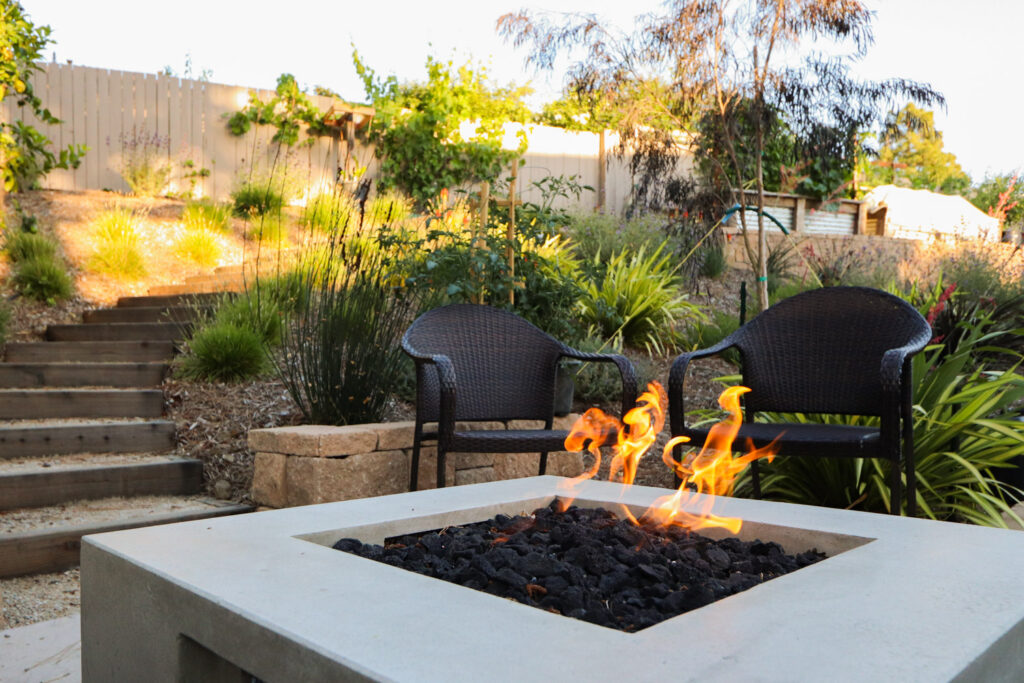
Of course, if all these questions seem a bit overwhelming to tackle, you might consider hiring a landscape designer. Gathering inspiration online definitely helps to lay out a vision. Still, a professional landscape designer will help turn solid ideas into plans on paper, the first step toward an installed landscape. The more complex a project, the more potential for a designer to help streamline the process.
Interested in talking to us about your gathering space? Contact our landscape designers at [email protected] or (805) 466-6263.

